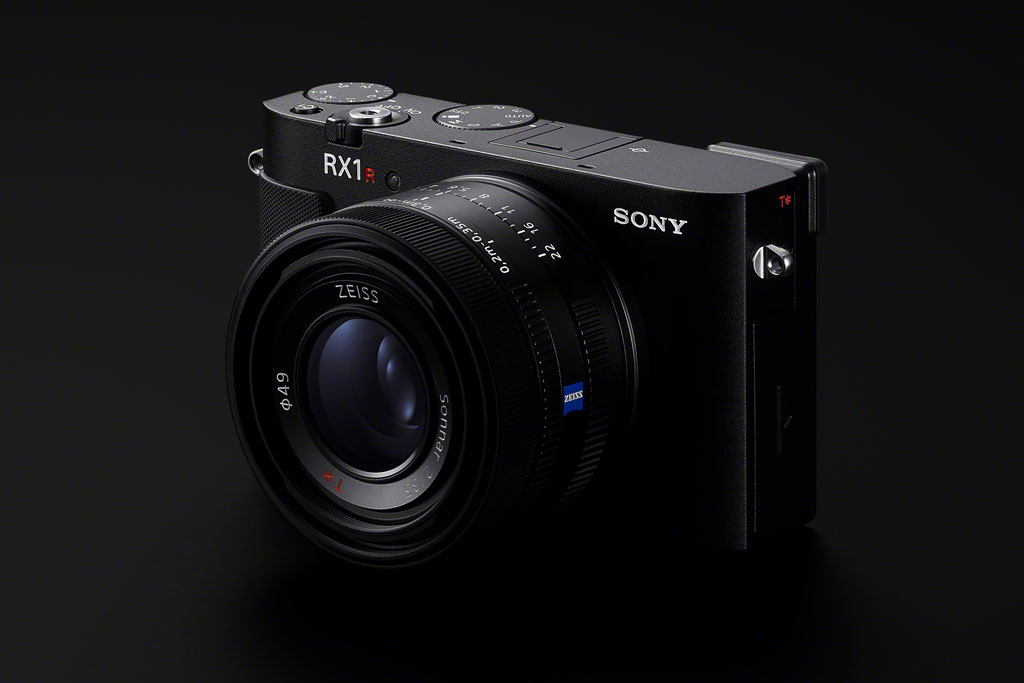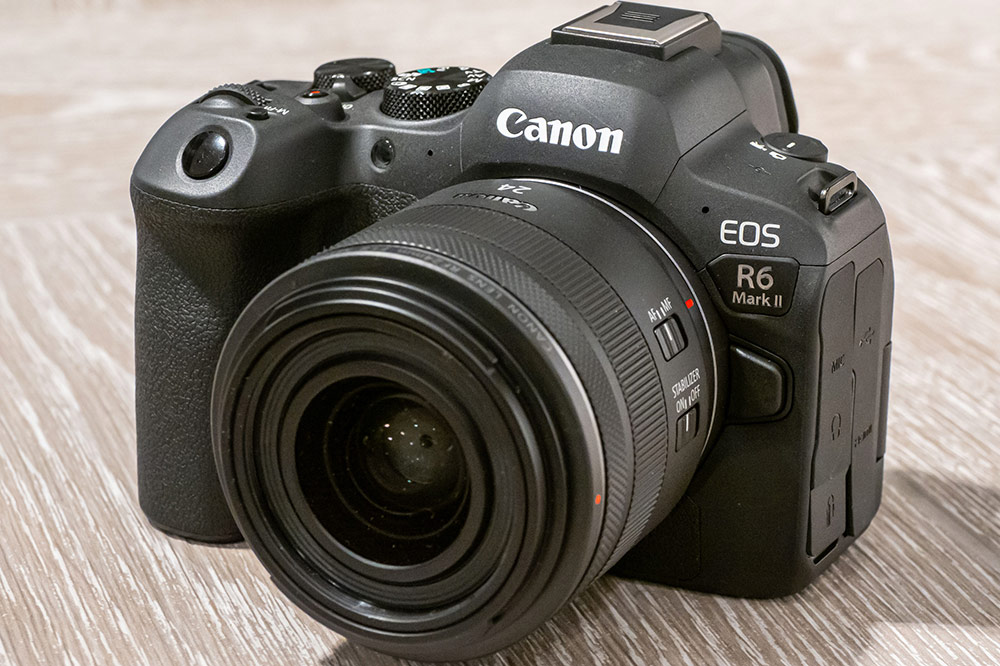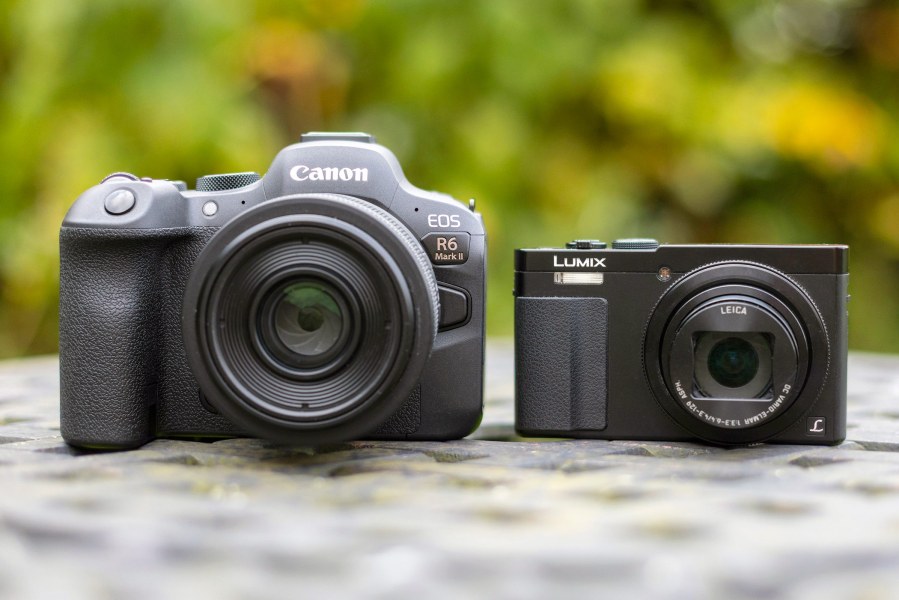In my quest for finding the perfect everyday carry camera I’ve owned some of the best compacts money can buy over the years, including a Ricoh GR, Sony RX1R II and even a small interchangeable lens Micro Four Thirds cameras like the Panasonic Lumix GF6. I wanted to love all of these cameras and many of them had incredible features that made them nearly perfect. However, all of them for me had at least one drawback which sent me back to the drawing board.
The balance of a large APS-C sensor and super small form factor of the Ricoh GR series made it a strong contender, but all models in Ricoh’s coveted GR range currently lack a tiltable screen – something that’s an absolute must for my style of hip shooting street photography. In particular I wanted to like the Ricoh GR III HDR variant which has a built in Highlight Diffusion Filter which is similar to a black mist filter that can add some wonderful diffusion to reflections and highlights especially when shooting at night. The fact that Ricoh was able to include this in such a small form factor made it all the more desirable.
My Sony RX1R II scored top points for image quality with its brilliant Zeiss Sonnar T* 35mm f/2 lens and full-frame sensor and did have the tilting screen I pined for, however I found the autofocus performance to be too slow to keep up with my fast-paced street shooting and the battery life was also quite pitiful only lasting for around 200 shots. While I hardly ever need to rattle off more than 200 shots, it’s more the fact the batteries are small, metal and don’t hold a charge all too well (particularly in cold weather) so in real life terms I found myself getting much less juice out of them.

I thought my prayers would finally be answered with Sony’s long awaited update to the series with the RX1R III, but even this felt like a step backwards with the omission of the tiltable LCD screen and electronic viewfinder – two extremely handy features found in the previous version which make it too much of a compromise, despite the new Mark III model having better AF capabilities, more megapixels and better battery life. The lens however also remained the same Zeiss Sonnar T* 35mm f/2 which felt like a bit of a missed opportunity to add some modern glass to help justify its lofty asking price of $5000 / £4,199.
Perhaps the closest I’ve come to finding the perfect everyday camera came with Panasonic’s GF6 which had brilliant autofocus for its time and a tiltable LCD screen, as well as having the perks of being able to swap lenses – opting for a pancake type lens made it really small and compact unit. However, I found the smaller Micro Four Thirds sensor to be a bit too limiting for low light and shallow depth of field effects.
‘All of these cameras should have been able to do the job on paper, they all came with a trade-off’
The point I’m trying to make here is that while all of these cameras should have been able to do the job on paper, they all came with a trade-off in one shape or another. So instead, it’s usually my bulkier but reliable Canon EOS mirrorless R5 or R6 Mark II that I’m reaching for in these scenarios. Even though mirrorless cameras are supposed to be light and small – and don’t get me wrong they are when compared to the DSLRs that came before them, they are usually notably larger than the compact cameras I’ve just mentioned.
That being said, the positives simply outweigh the negatives, using Canon’s snappy subject detection for locking onto street photography subjects quickly and using the flip-out vari-angle screen to shoot discretely from the hip without attracting attention by directly looking at my subject, even if I generally prefer a tilting screen to a vari-angle one for even more discreet shooting. My hit rate is very high with the set up, the AF is quick and I can change all of my camera settings on the fly in rapid time which means I’m rarely missing the shot.
My one drawback
My one drawback of this setup is that it’s not a very compact size, even when paired with a small Canon mirrorless lens like the RF 35mm f/1.8 STM IS Macro, so it’s not as easy for me to sling in a bag when I’m just popping out for everyday activities like going on a walk or running errands around town – this is inevitably when that magical moment strikes and I wish I had my camera with me.

If I was putting together a dream list of an everyday compact camera it would be essential for it to have the full suite of PASM (program, aperture priority, shutter priority and manual) modes and the ability to shoot RAW to enable full editing options back at my computer. A large APS-C or full-frame sensor would be desirable for decent dynamic range, bigger pixels for better low light performance and also making it possible to achieve shallow depth of field effects when desired. It would need easy to use controls so I’m not fumbling around with settings and missing the shot, rapid AF and brilliant subject detection, plus a tilting screen for my hip style of street shooting.
With all that said and done it might very well be the Fujifilm X100VI that answers my calling – it has the tilt screen and large APS-C for brilliant image quality and depth of field as well as scoring top style points for its retro aesthetic.
For now, I prefer the Canon menus now that I’m used to them and the subject detection is class leading so it’s a shame that Canon doesn’t make a premium fixed lens compact alongside Fujifilm, Sony and Ricoh. Canon has a rich history of making compact cameras, such as the PowerShot G7 X series, and the recent Canon Powershot V1, though this is more aimed at video and vloggers, and while its optical zoom is certainly handy, its smaller sensor size and limited aperture range makes it less useful for stills photography.
Related reading
The views expressed in this column are not necessarily those of Amateur Photographer magazine or Kelsey Media Limited. If you have an opinion you’d like to share on this topic, or any other photography related subject, email: [email protected]







